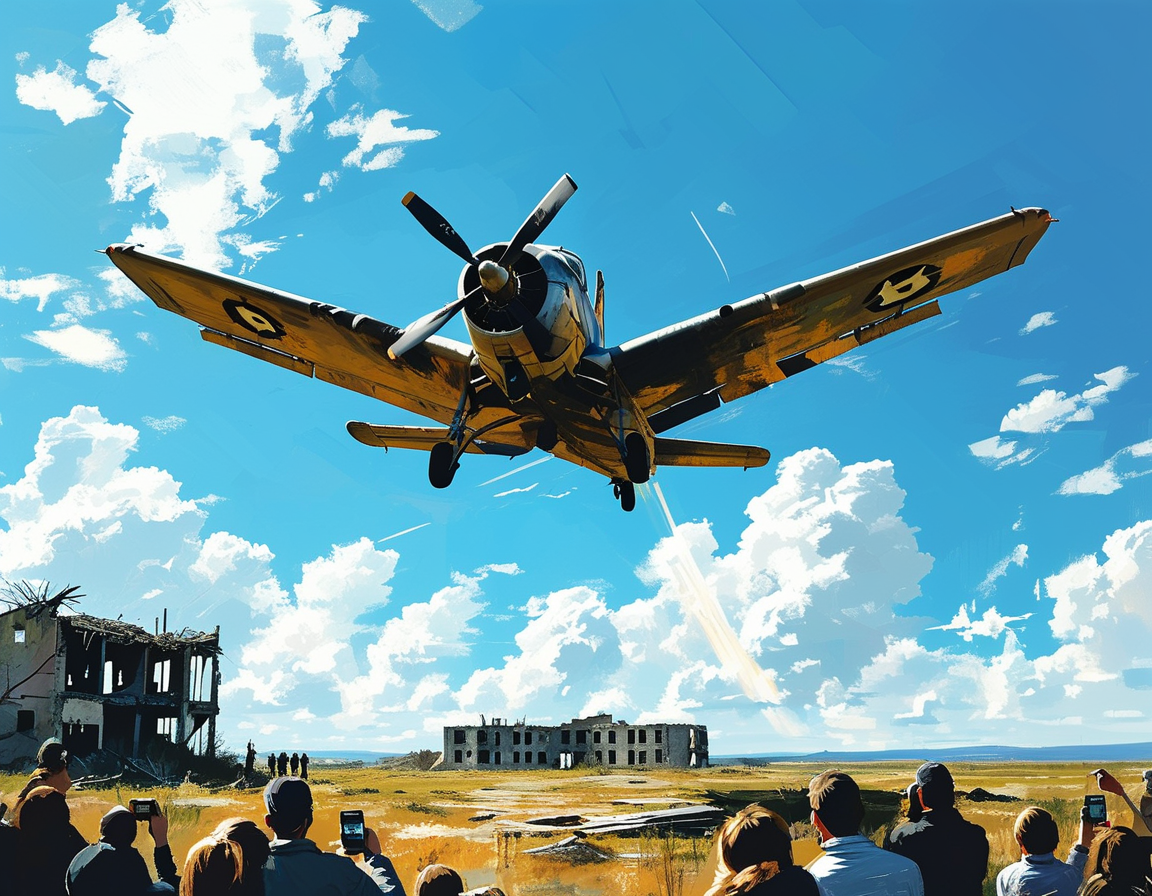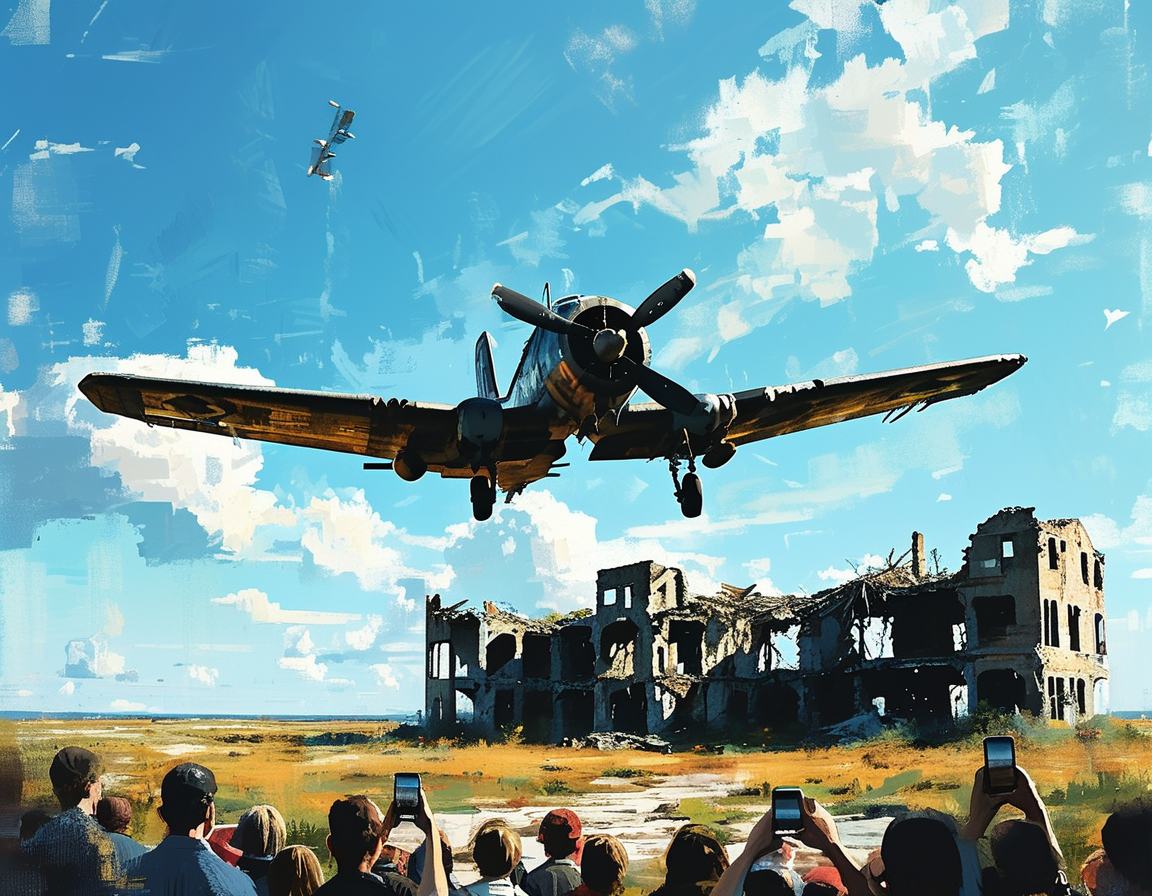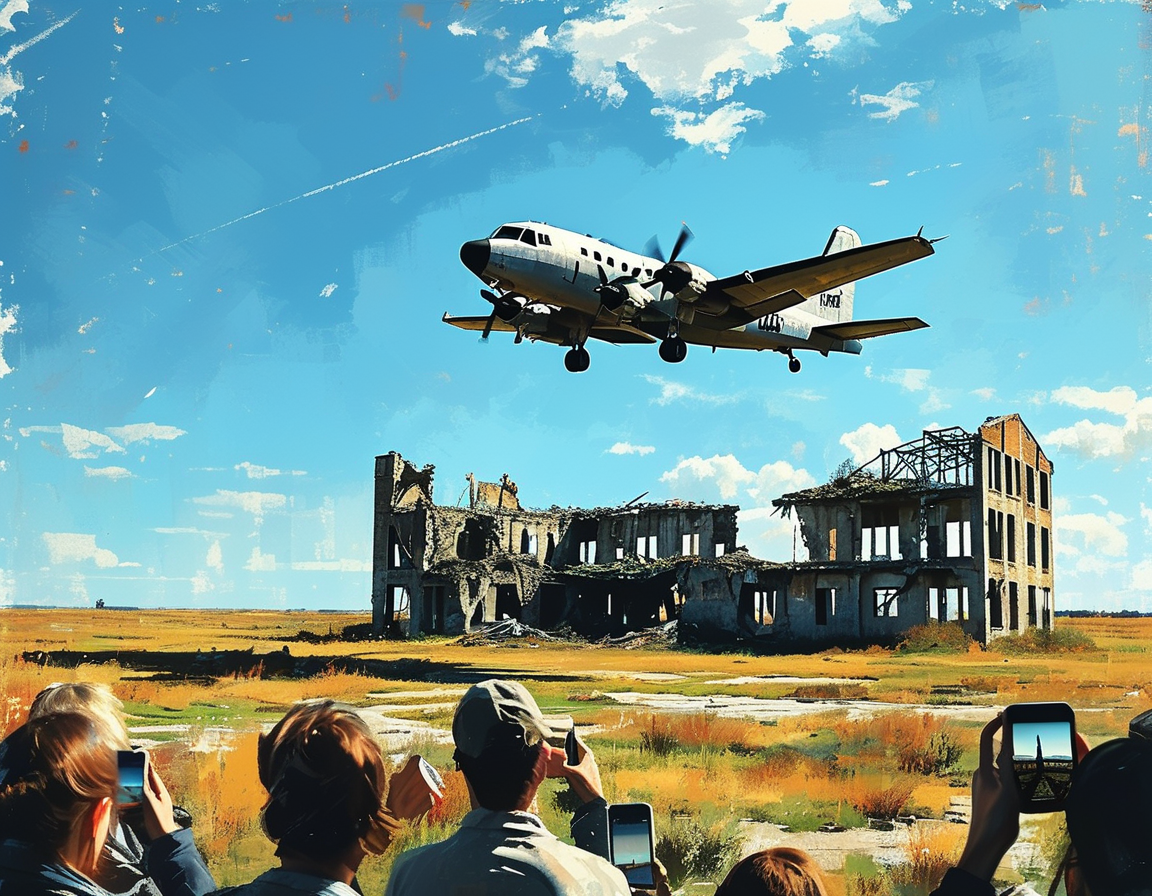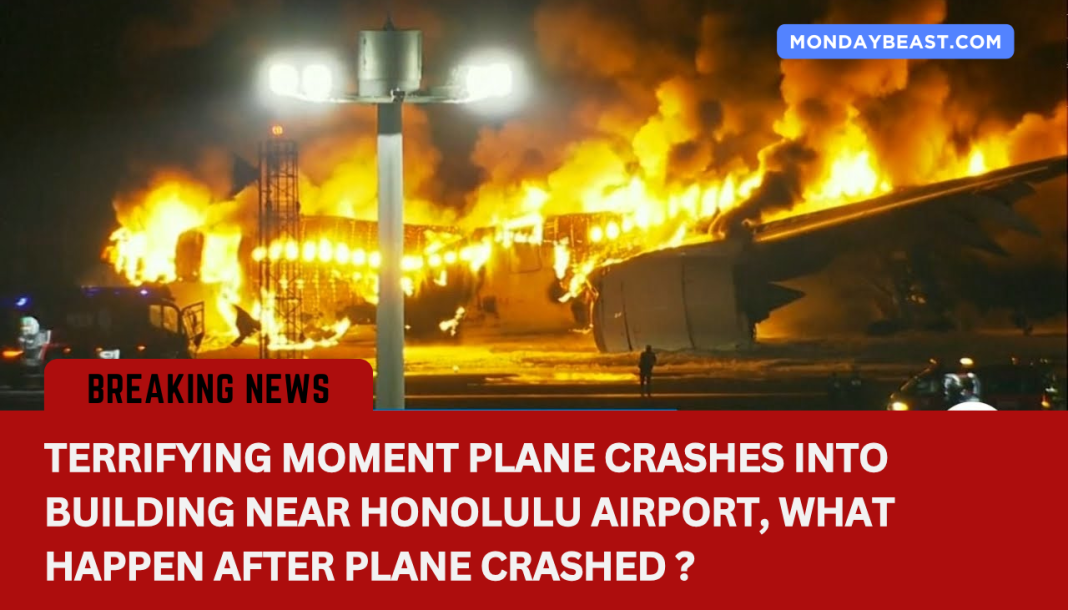On a typically sunny day in Honolulu, a chilling incident unfolded that would leave the community reeling. Imagine the shock of witnessing a plane spiral out of control, just moments before a crash. For many nearby, the event was surreal. On Tuesday, a training flight, Kamaka Flight 689, tragically crashed into an abandoned building near Daniel K. Inouye International Airport. The chaotic scene left two lives lost, as noise and fear gripped those who saw it happen.

Eyewitnesses reported seeing the aircraft flying alarmingly low. Witnesses feared the worst as the plane banked sharply, seemingly trying to recover. One worker, Sergiy Shpanka, described it with vivid detail. He said, ‘We heard, you know, loud sound. It was crazy because it was so low.’ Just moments later, disaster struck.
As emergency services rushed to the scene, the gravity of the situation became evident. Audio transmissions released later revealed the pilot’s last desperate words. ‘We’re out of control here,’ he uttered, a haunting reminder of the immediate danger they faced. The control tower advised them to seek a safe landing anywhere they could.

What if they hadn’t made those adjustments to minimize the situation? Those questions linger in the air as the community grapples with what happened next. Smoke billowed from the wreckage as first responders quickly took action. Fortunately, the building was abandoned, a stroke of luck during a tragic event.
According to the Honolulu Fire Department, the scenario could have been much worse. Chief Sheldon Hao noted, ‘No one else was involved,’ providing some solace to the community. Such thoughts make one reflect on the fragility of life. But the timing was indeed fortunate; had the building been occupied, the outcome could have been devastating.

In personal accounts, we hear of Nancy Timco, who witnessed it all from her office window on the seventh floor. She was struck by how low the aircraft seemed and described a moment of disbelief. ‘I went, ‘Oh, he’s really low,’’ she remembered. And just like that, a loud bang shattered the day and a community’s sense of safety.
Interestingly, the building was set for demolition to become a parking garage for the airport. The timing couldn’t have been more ironic. Had the crash occurred a week later, who knows how many lives could have been changed?
As the investigation unfolds, one can’t help but consider the pilots’ and passengers’ experiences leading to that moment. Did they feel fear, or hope that they could control the situation? The direct contact with families affected was swift. Emergency responders reported communication with the airline and families of those on board, a painfully human element to an otherwise technical operation.
The loss of two lives, though tragic, leaves many questioning how best to ensure safety in the skies. Discussing flight protocols, safety training, and aircraft maintenance might be crucial in preventing similar accidents. Moreover, it prompts us to think about the emotional impact on those left behind.
In the coming days, we can expect more information to emerge as investigators look into what exactly went wrong. Public sentiment is sure to sway as people crave answers. Were there warning signs ignored? Could the flight have been aborted sooner? These unanswered queries weigh heavily on the minds of the community.
Ultimately, the connection between the pilots and their last moments brings to light the human side of aviation tragedies. Each detail serves as a stark reminder of the risks involved in flying. As we reflect on this heartbreaking event, it’s clear that our thoughts must turn to safety and preparedness in aviation. After all, lives depend on it.




